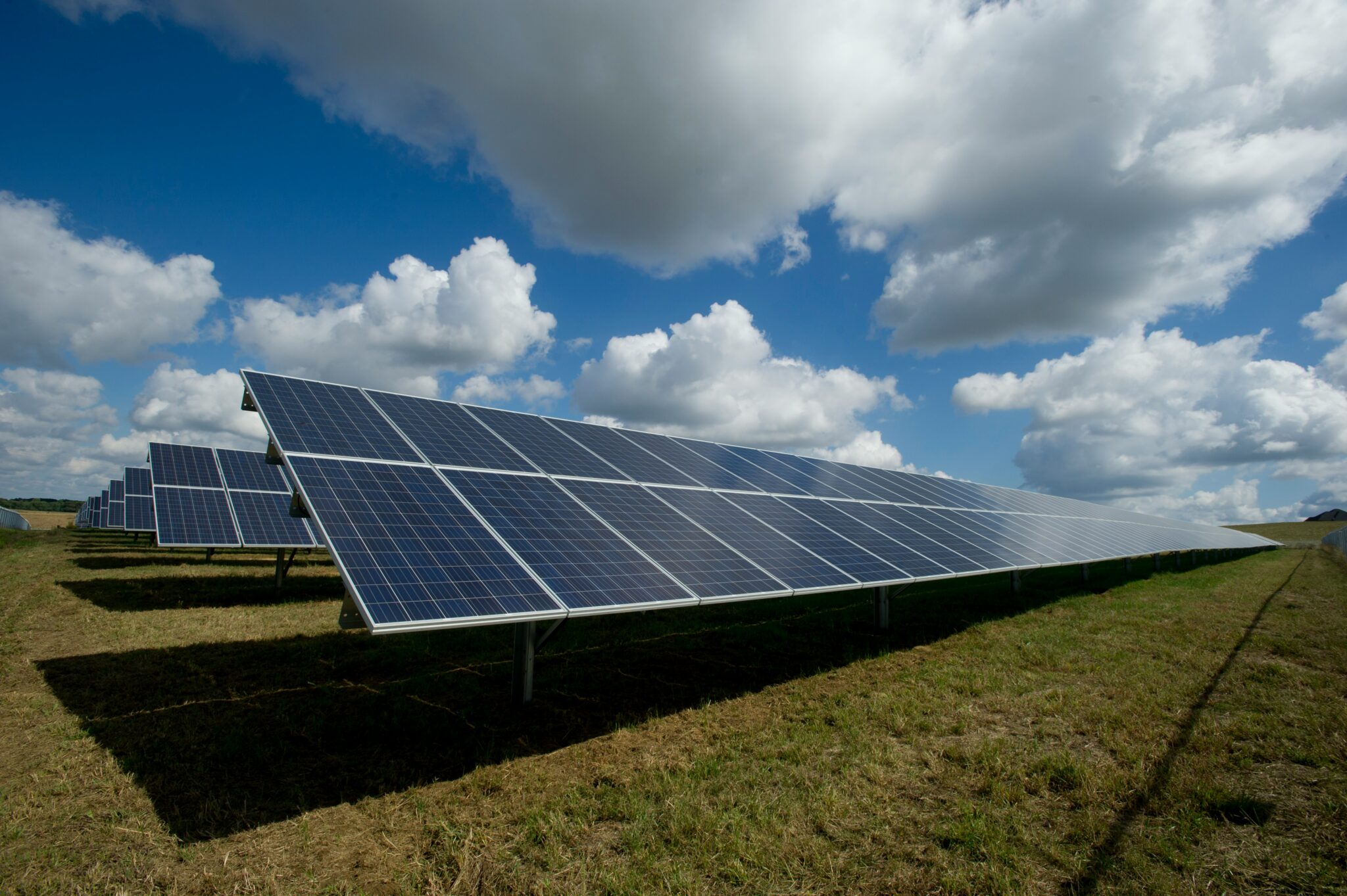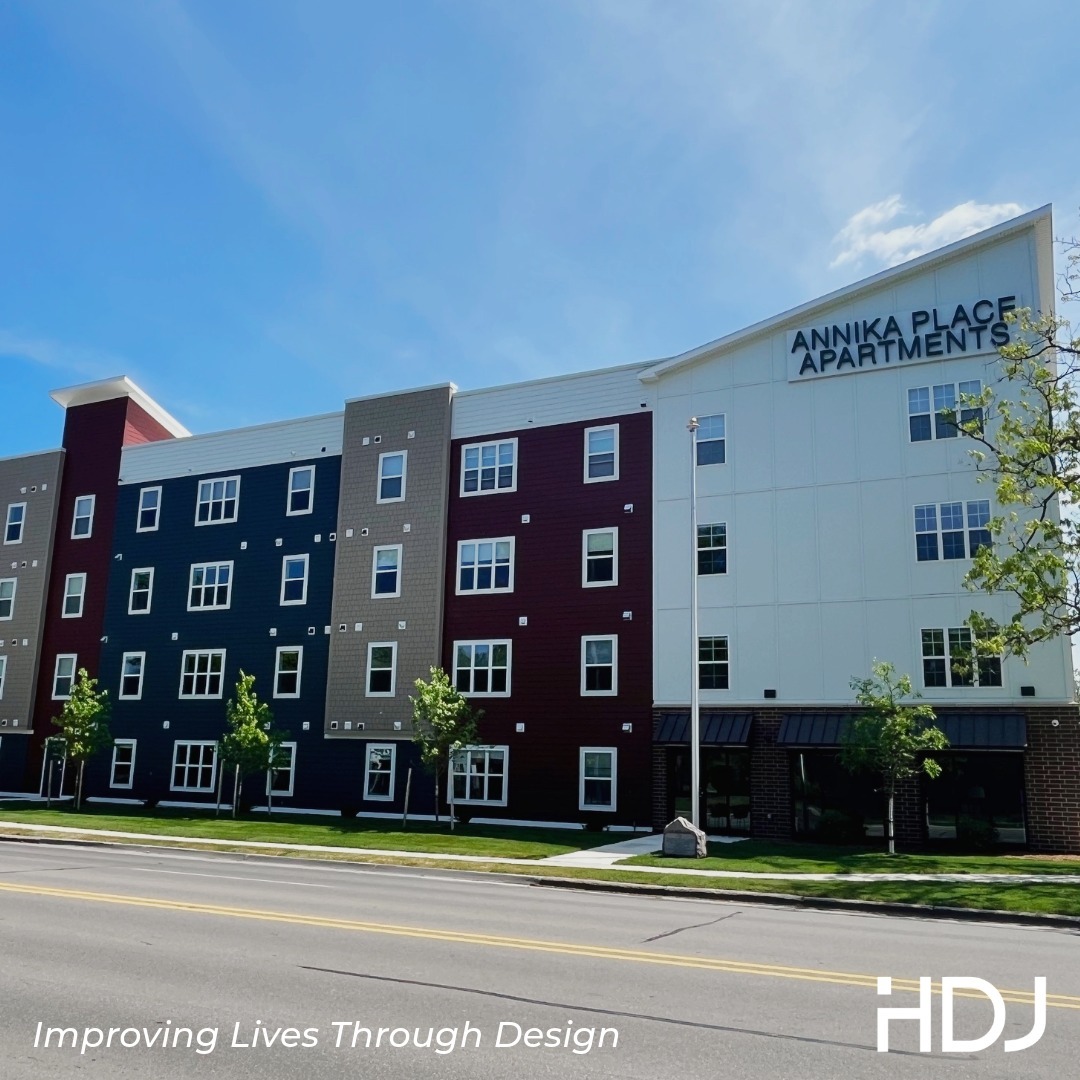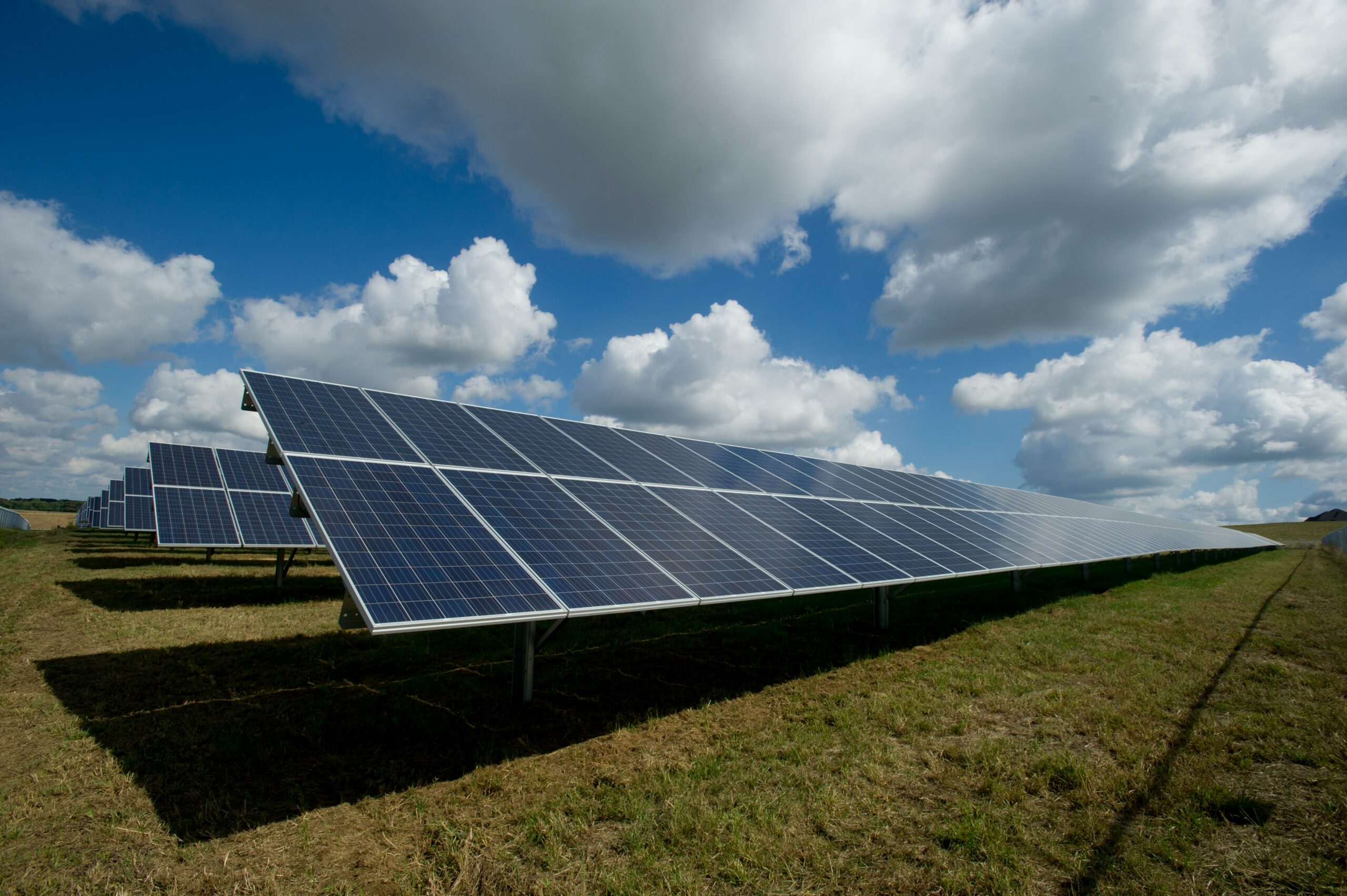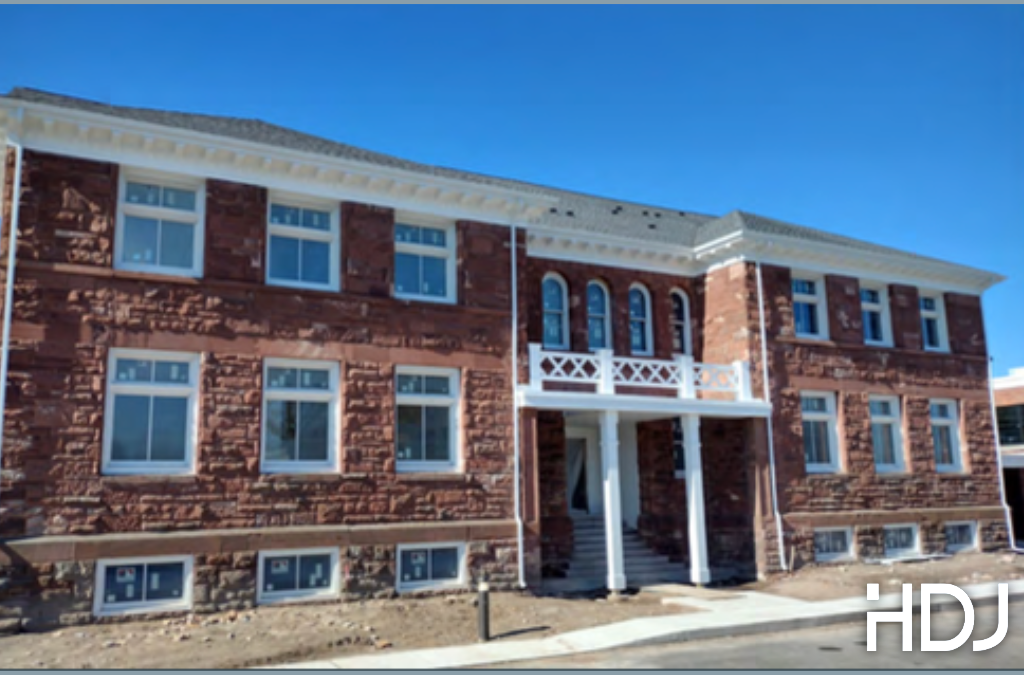Summary
Considering solar for your next multifamily project? This post covers the financial benefits, available incentives, installation options, and maintenance needs. It also explores how location, energy costs, and design decisions impact payback periods—helping you decide if solar is a smart long-term investment.
by Xander Jacobs
Should I include solar in my next multifamily project?
Adding photovoltaic solar panels to your next project may be a smart move. However, several factors must be considered before getting started. Before solar makes sense, you must consider the specific goals, location, and financing available to you.
Integrating solar panels into your project could significantly reduce operating costs, offering a promising financial outlook.
- An array of photovoltaic solar panels converts sunlight to usable energy, directly reducing the energy your building needs to draw from the electrical power grid. On a clear day, a
well-designed and properly oriented solar array can generate as much as or more than the energy needed to power your building.
- A dirty, snow-covered, damaged, or disconnected array is not useful. It is essential to recognize that solar panels require inherent maintenance and upkeep to maintain peak performance.
Solar power can effectively reduce your electrical expenses to $0. Depending on location, you can make money by turning your electrical meter backward and supplying energy to your neighbors. Through a net metering program, your building can be credited for future bills or even paid cash for excess electricity generation. Check with your local provider to see which programs are available.
While the initial costs of solar power can be substantial, it’s crucial to view it as a long-term investment, fostering a strategic and forward-thinking approach.
- The initial investment to install a new solar array can be substantial. You can expect to pay tens of thousands of dollars for a large installation for materials and labor. Taking
advantage of incentives and tax credits is essential to reduce upfront costs. Depending on your location, you can save 30% or more on product and installation costs through federal and state programs. Your solar installer is typically a good guide for this process since they know local programs, permits, and procedures.
- The cost of electrical energy in your area directly affects your payback period. You will see greater savings and shorter payback periods if your electricity exceeds the national average. In areas where electricity is inexpensive, you may still be able to save. By utilizing all electric-powered appliances and mechanical equipment, you can use your solar energy to power your entire building. Suppose you can eliminate the need for natural gas. In that case, there can be large savings in reduced plumbing costs, reduced maintenance, and the ability not to pay a second utility service fee.
By taking advantage of incentives in your area, payback periods can be as short as 5-10 years. The US Department of Energy NREL estimates that a typical solar panel array can be productive for 30 years. That’s s 20-25 years of effectively free electricity.
Installing solar panels on your site.
- Rooftop solar is a very common and popular choice for multifamily solar installations. By mounting solar on the roof, the panels utilize space that may otherwise be open and unused. It also keeps the panels out of sight from authorities having jurisdiction and
neighbors who may not want to see them.
- Mounting panels on the roof structure is typically accomplished through ballast or mechanical fasteners. A ballasted system adds weight to the roof and may require structural strengthening.
- Mechanical fasteners require puncturing the roof membrane,
which can challenge roof warranties and water sealing.
- Ground-mounted solar panels are easy to maintain, especially when keeping them clean. However, they may need to be clear of property setbacks and shielded by walls or vegetation to obscure them from view. Even with those added requirements, a ground-
mounted system may be cheaper due to reduced structural and roofing costs.
Google’s Project Sunroof can be a great resource for existing buildings to gauge how viable solar is based on your location and roof area. https://sunroof.withgoogle.com/
Ultimately, the decision to install solar panels for your next project will depend on your
specific goals, location, and financing options.
- Some states have higher than average electricity costs, which will save money and shorten payback periods.
- It’s crucial to maximize incentives to bring down upfront costs as much as possible.
- Lower utility costs can incentivize and retain tenants; however, it’s essential to communicate these savings to help tenants understand how and why they see reduced utility rates.
- Consider including solar from the start of your next new project to optimize the design from the very beginning.
HDJ, Inc., is a leading national design firm providing architectural and engineering expertise to support the affordable housing industry throughout the United States. HDJ’s diverse portfolio includes successful outcomes with adaptive reuse renovation, acquisition rehab, new construction, historic preservation, and RAD. Contact HDJ to learn more about how we can support your design needs with these new systems.




